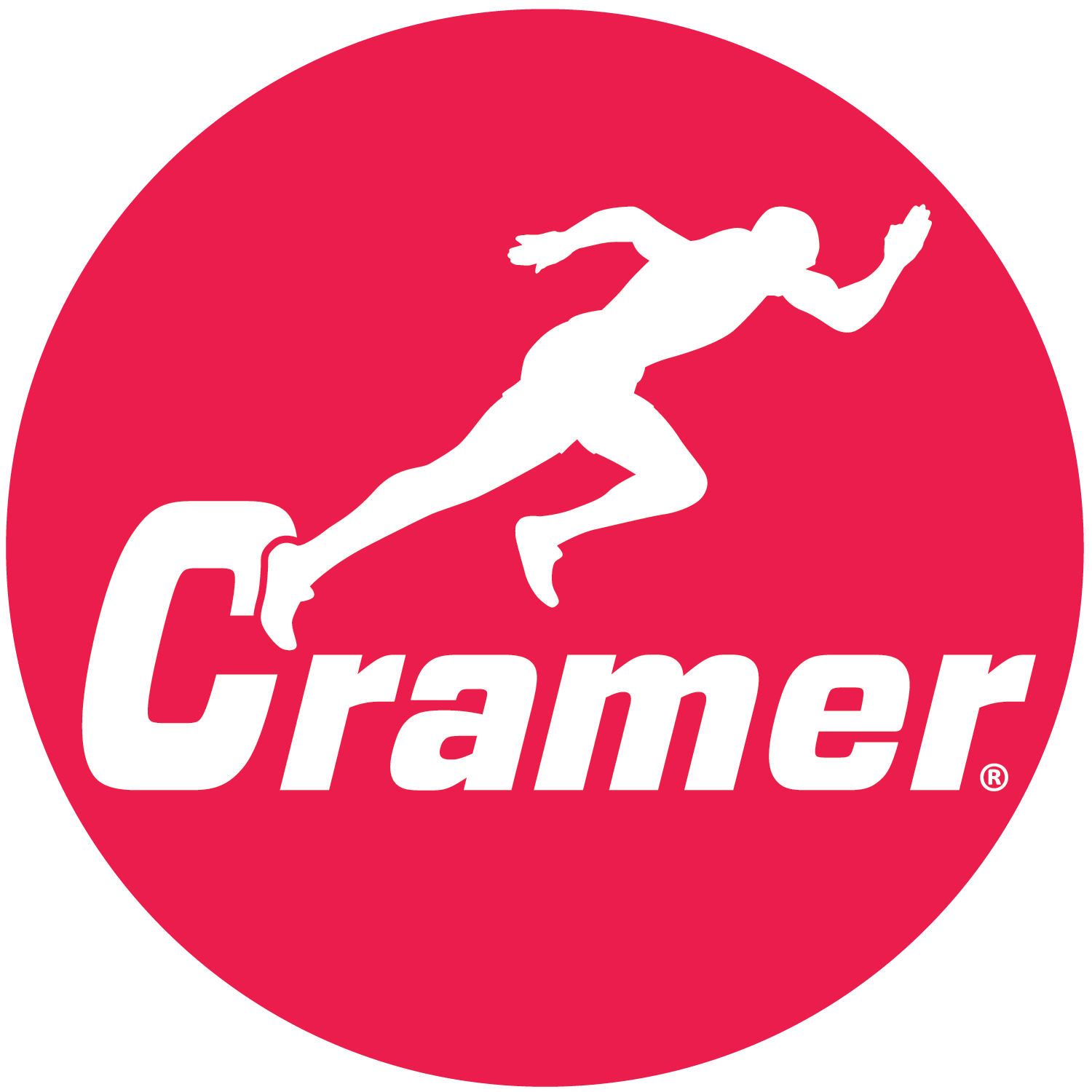Safer Pain Relief for Athletic Trainers
Safer Pain Relief for Athletic Trainers
By Phil Page, PhD, PT, ATC

The opioid epidemic has received quite a bit of attention recently and athletic trainers can play a critical role in preventing pain medication abuse. As we know too well, some athletes take pain medications beyond the acute injury to help get them through chronic pain. Long-term use of pain meds can have several side-effects, including addiction and death. Athletic trainers can recommend earlier, safer, non-pharmacologic pain relief after an acute injury or surgery, and should discourage addictive pain medications for chronic pain.
It starts with pain education, particularly in athletes with chronic musculoskeletal pain. Explain that chronic pain (greater than 3 months) is a mis-interpretation of the brain and is not related to the extent of tissue damage. Address any emotional or psychological issues related to their pain as well, including referral for counseling.
Athletic trainers have numerous time-tested pain-relieving modalities at their disposal. Let’s begin with ice and heat, the staples of any athletic training facility. Ice packs (ice or gel), ice massage and ice baths, as well as cold/compression systems can provide effective pain relief. Moist heat packs and paraffin baths can be used for heat-related pain relief. Each of these modalities is thought to relieve pain based on the Gate Control Theory, where a stimulus applied to the skin blocks the pain signal in the spinal cord from reaching the brain. Similarly, topical analgesics such as Cramergesic™ Ointment (warm sensation) and Biofreeze® Pain Reliever (cool sensation) provide pain relief by stimulating temperature receptors in the skin to activate the Gate Control mechanism. Tape (kinesiology tape or rigid strapping tape) is another topically-applied modality that provides short-term pain relief through the Gate Control mechanism.
Tim Tyler, PT, ATC, recommends applying kinesiology tape as soon as possible after surgery. “We see a fair number of post-op knees and use kinesiology tape even before the staples are removed.” Obviously, kinesiology tape should not be applied over open wounds or unhealed incision sites. Tyler continued, “We’ve started recommending these non-pharmacologic pain relief modalities earlier after surgery to avoid dependence on pain medication.”
Electrical modalities such as e-stim, TENS, laser, diathermy and ultrasound can also reduce pain, as well as therapeutic massage and soft tissue mobilization (including instrument-assisted soft tissue mobilization). Therapeutic exercise is also recognized for its analgesic effects. For some time, the endogenous opiate system has been recognized as a pain reliever during aerobic exercise particularly in runners. In addition, resistance exercise (particularly isometric contractions) is showing promise in delivering exercise-induced hypoalgesia. And when coupled with blood flow restriction, new research suggests resistance exercise hypoalgesia can last for 45 minutes in patients with anterior knee pain (Korakakis et al. Phys Ther Sport. 2018. 32(235-43).
It’s prudent for athletic trainers to promote safer pain relief for their athletes’ acute and chronic pain. By providing earlier non-pharmacological pain relief with a variety of modalities, athletic trainers can play an active role in addressing the opioid epidemic and keeping their athletes free from drug addiction.
Click here to see the latest position statement from the NATA on medication management for athletic trainers. For more tools, including pain relief research references and printable brochures, visit http://www.saferpainrelief.org.
